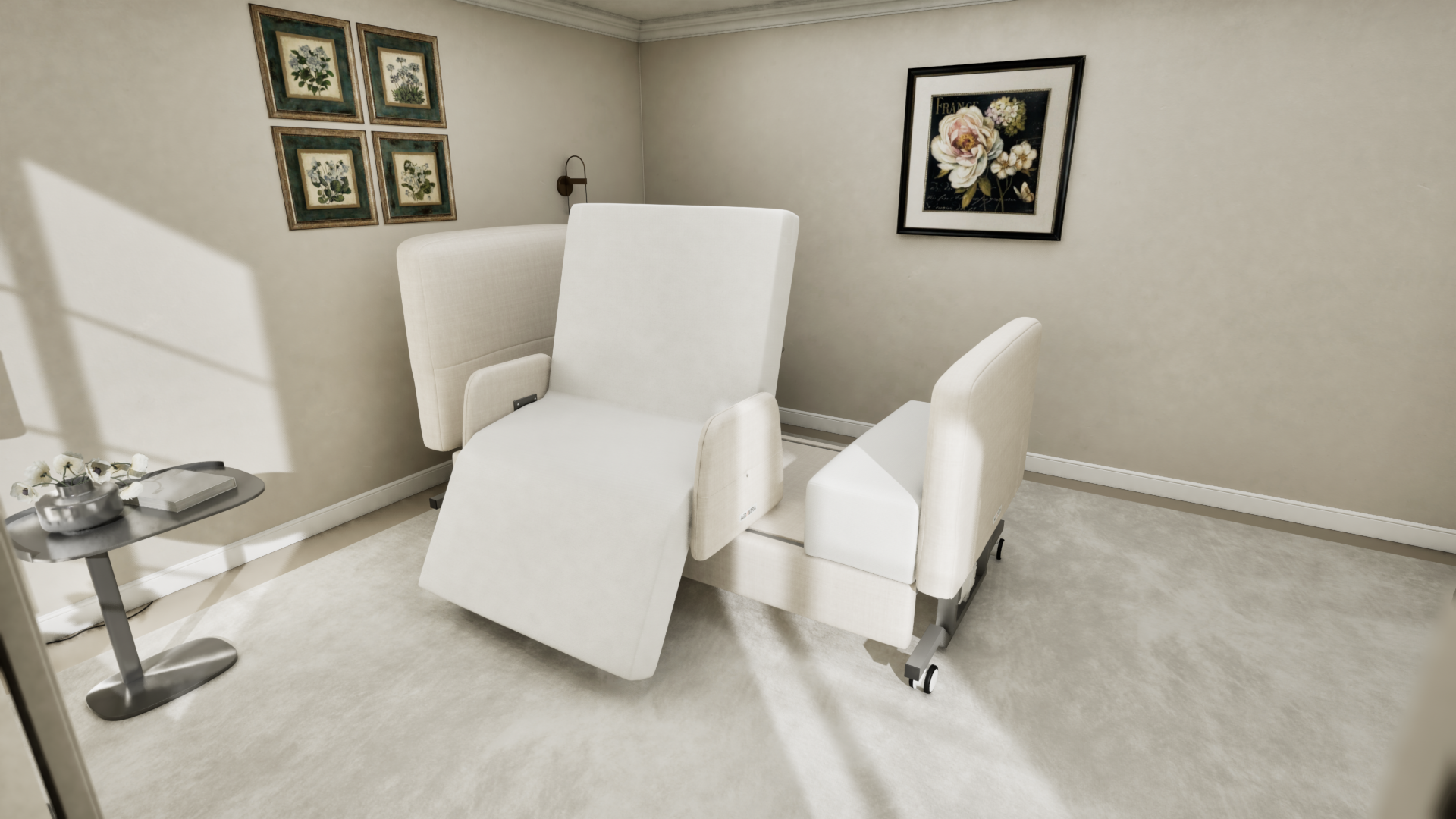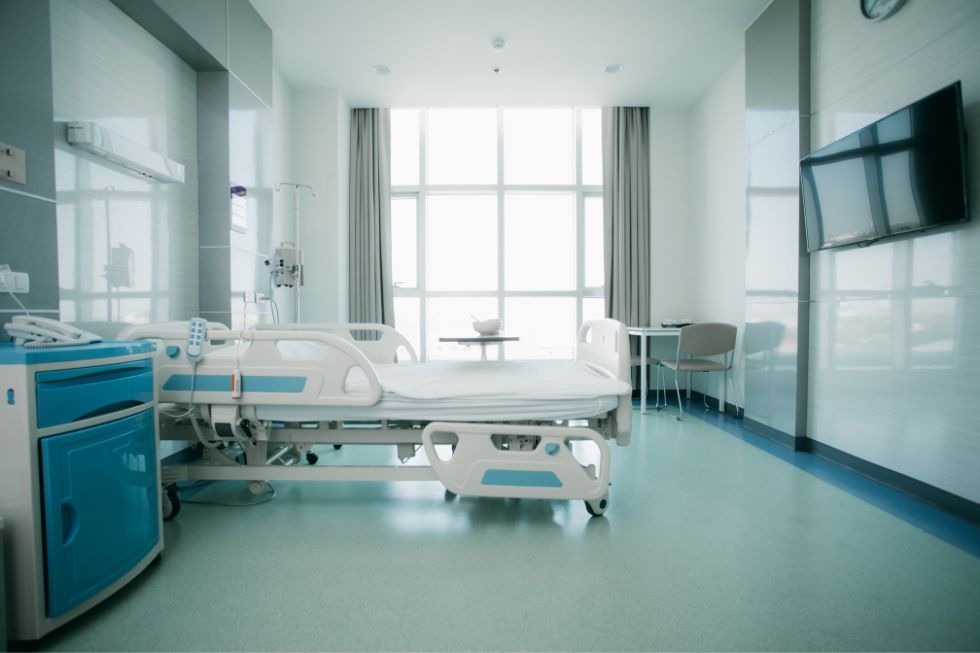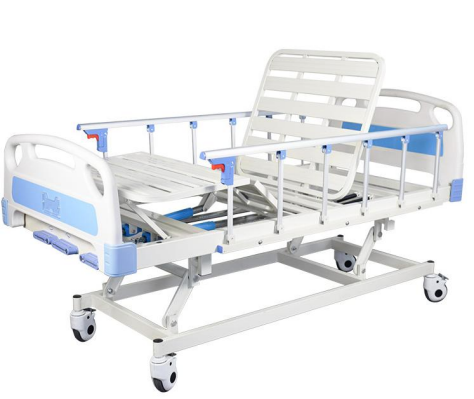Hospital Beds For Home Use Fundamentals Explained
Hospital Beds For Home Use Fundamentals Explained
Blog Article
Excitement About Hospital Beds For Home Use
Table of ContentsThe Ultimate Guide To Hospital Beds For Home UseLittle Known Questions About Hospital Beds For Home Use.Hospital Beds For Home Use Things To Know Before You BuyLittle Known Questions About Hospital Beds For Home Use.How Hospital Beds For Home Use can Save You Time, Stress, and Money.The Definitive Guide for Hospital Beds For Home UseHospital Beds For Home Use Things To Know Before You Buy
There are 3 primary kinds of medical facility beds: guidebook, semi-electric, and fully-electric. Even more types of medical beds exist and they are detailed below. These beds make use of hand cranks to change the bed's elevation and elevate and reduce the head and the foot. Hand cranks are commonly located at the foot of the bed and need a person that is physically qualified of operating.
Semi-electric beds have an electric motor to elevate and decrease the head and foot portions of the bed. Patients and caregivers adjust the placing by pressing switches using a hand pendant. The height of the bed is changed manually with a hand crank. Full-electric beds have an electric motor that can increase the head and foot areas of the bed as well as the whole height and positioning of the bed.
Some Known Details About Hospital Beds For Home Use
There are numerous types of health center beds, each created to meet details individual needs. Right here are some usual types: This is the most typical type of healthcare facility bed, created for basic clinical use.
Reduced to the ground than a conventional bed. This kind of bed is created for larger people, with a bigger frame and higher weight ability than a standard bed.
This kind of bed is designed for seriously ill clients that require open tracking and specialized clinical devices such as ventilators and mixture pumps. This kind of bed is designed for usage throughout labor and delivery, with adjustable placements and features to support the mommy and infant throughout the birth process.
Hospital Beds For Home Use - An Overview
Numerous function and the devices do increasing grip to various components of the vertebra and the extremities without moving the body. These are simply a couple of examples of the types of health center beds offered. The details sort of bed used will depend on the client's problem, clinical requirements, and various other aspects.
Right here is things you need to understand. A one-function health center bed is a medical bed that enables a person to move only the head or foot area up or down. A 2 feature medical facility bed generally refers to a type of clinical bed that has 2 adjustable functions to assist people in hospitals or treatment centers.

Fascination About Hospital Beds For Home Use
A 7-function ICU bed is a kind of medical bed that offers several flexible features to support critically sick clients in an intensive treatment system (ICU) (hospital beds for home use). The 7 features commonly consist of: Back-rest adjustment: The backrest can be adapted to different angles to assist the individual rest up or lie down conveniently
Height adjustment: The bed can be raised or lowered to make it easier for people to get in and out of bed, you could look here and for caregivers to give treatment. Trendelenburg placement: The whole bed can be slanted to advertise blood flow and flow in the body. Reverse Trendelenburg setting: The bed can also be slanted in the opposite instructions to promote blood flow and blood circulation in the top body.
1. What Size is a Medical Facility Bed? 2. How Much Does a Hospital Bed Cost? 3. Why Do Hospital Beds Have Side Rails? 4. What Are The Key Health Center Bed Components?. While more cost effective than electrical models, these beds call for physical effort for modifications. The primary advantages of hand-operated beds are their price and reliability, as they don't rely upon electrical power. The demand for manual effort can be a constraint in circumstances where fast changes are needed or where caregivers deal with physical difficulties.
The 8-Second Trick For Hospital Beds For Home Use
Semi-electric hospital beds offer a balance of manual and electric controls. These beds give an excellent center ground in between guidebook and fully electric choices, providing simplicity of use without the full price of electrical models.
Semi-electric beds are fit for clients that require modest changes to the head and foot sections yet can handle without frequent height adjustments. This makes them a cost-efficient option for those looking for convenience and comfort without the need for consistent repositioning. Completely electrical healthcare facility beds include electrical controls for smooth adjustments to the height, head, and foot sections.
Specialized hospital beds, such as ICU beds, long-term care beds, and bariatric beds, are meticulously designed to attend to specific clinical demands. These beds supply tailored look after diverse person groups, enhancing both results and convenience. In the complying with sections, we will discover the primary kinds of specialty hospital beds, detailing their specific advantages and applications.
With years of experience in manufacturing electric linear actuators - hospital beds for home use and close collaboration with the medical care sector, TiMOTION is well-positioned to provide reputable health care remedies. Our vertically incorporated firm manages every action of the manufacturing process, from layout to actuator setting up, guaranteeing we provide phenomenal value and customized solutions tailored to your particular requirements
Get This Report on Hospital Beds For Home Use

To learn more concerning integrating these technologies right into your items, contact us today. Further reading:.
Information is sourced from the Medicare Expense Record.

The Basic Principles Of Hospital Beds For Home Use
A medical facility bed is a bed made especially for clinical purposes. It is not just an area for people to relax, but also a platform for medical operations. Unlike regular home beds, hospital beds generally have flexible attributes, which can assist in clinical team to make different changes according to the demands of people, such as altering the elevation, inclination, and assistance angle of the back and legs of the bed.
Report this page